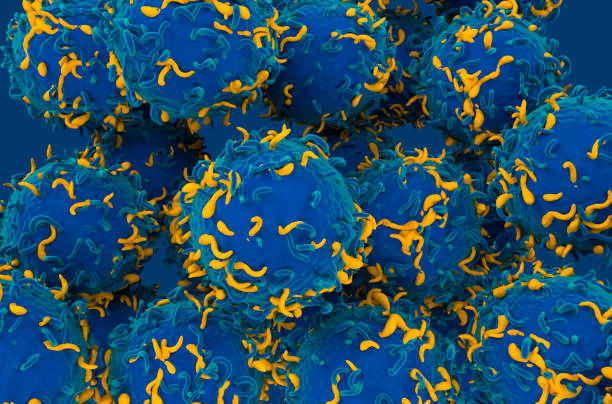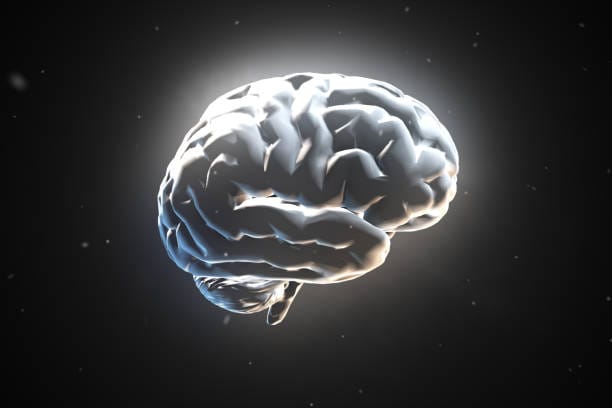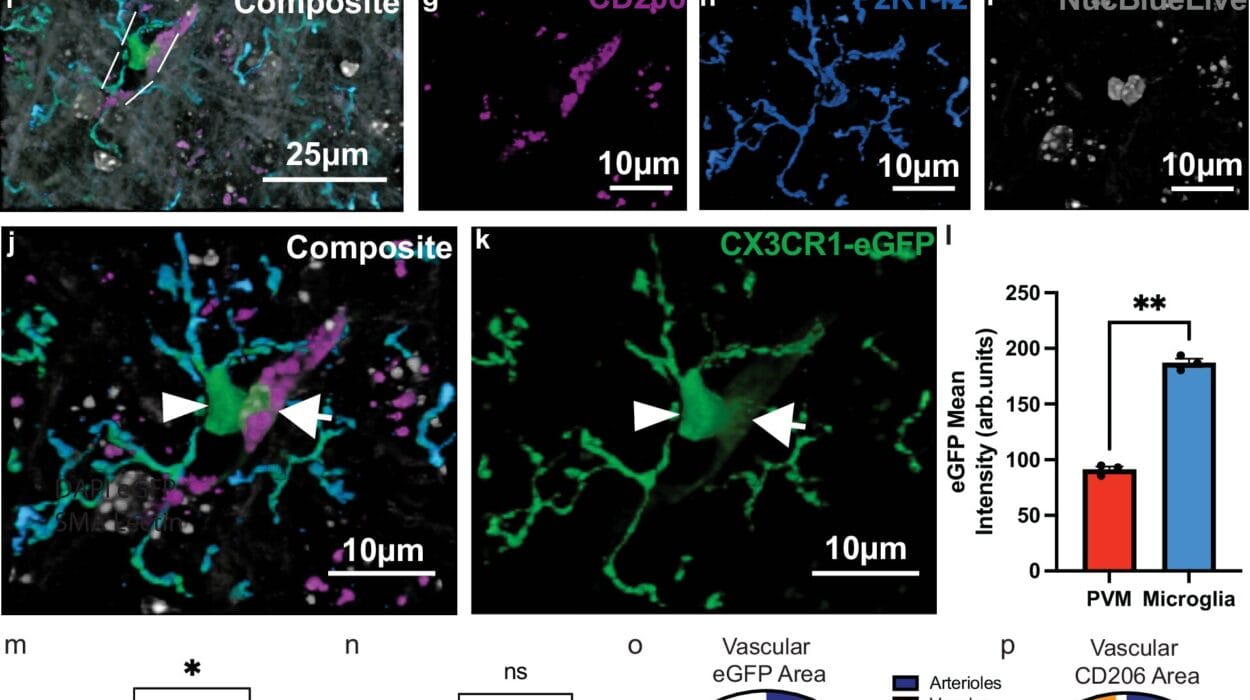Investigators have made an intriguing discovery that challenges long-held views about the human brain’s network architecture. A study led by Rodrigo Braga, Ph.D., assistant professor in the Ken and Ruth Davee Department of Neurology’s Division of Epilepsy and Clinical Neurophysiology at Northwestern Medicine, reveals that two brain networks, previously thought to function independently, are actually closely connected and collaborate to support recognition memory. These findings, published in the journal Cell Reports, offer new insights into the brain’s network organization and could potentially guide therapeutic approaches for neurocognitive disorders.
Understanding the Brain’s Complex Networks
Over the course of evolution, the human brain has undergone significant expansion, particularly in the cerebral cortex—the outermost layer of the brain that plays a crucial role in complex cognitive tasks. One of the most striking features of this expanded cortex is the organization of brain activity into large-scale networks that support a variety of cognitive functions such as attention, memory, and sensory processing. These networks, as Braga explains, are typically organized in parallel sequences across different regions of the brain.
For instance, many brain networks follow a predictable sequence in how they are distributed throughout the brain. However, two networks have historically stood apart from this organized pattern: the parietal memory network and the salience network. The parietal memory network, which is located in the posterior regions of the brain, has long been linked with recognition memory—the ability to recognize previously encountered information. The salience network, on the other hand, is associated with detecting and processing stimuli that are deemed important or significant and is located in the anterior part of the brain.
In previous studies, these two networks have been viewed as distinct, with separate roles in different cognitive functions. But Braga and his team asked a crucial question: “Why do these two networks appear to deviate from the more common pattern of distributed brain networks? Could they, in fact, be part of the same unified system?”
The Discovery of a Unified Network
To answer this question, Braga and his colleagues turned to high-resolution functional magnetic resonance imaging (fMRI), a technique that allows researchers to observe brain activity in real time. The team mapped the activity of both the parietal memory network and the salience network in the brains of six participants. What they discovered was groundbreaking—these two networks were strongly correlated with one another, more so than they had anticipated. This unexpected correlation suggested that the parietal memory and salience networks might not be separate after all, but rather components of a single, unified network.
“We observed that the two networks are really correlated with each other to the point where you can logically say they’re the same network,” Braga said. This observation goes against the grain of previous studies, which had typically treated the networks as distinct entities with separate functions. According to Braga’s findings, the brain’s organization doesn’t support such a division. Instead, it appears that the two networks are so closely linked that it is more accurate to think of them as forming a single, cohesive unit.
Replication and Further Confirmation
To ensure the reliability of their findings, the researchers expanded the study by collecting neuroimaging data from additional participants at Northwestern’s Center for Translational Imaging. The results confirmed their initial findings: the parietal memory network and the salience network are indeed strongly correlated and share an overlapping pattern of activity. Importantly, when these two networks are considered as one, their organizational structure aligns with the distributed architecture shared by other brain networks. This suggests that earlier studies, which tended to split these networks into anterior and posterior parts, may have been overlooking a more integrated and interconnected system.
Implications for Neurocognitive Disorders
The implications of this discovery are far-reaching, particularly when it comes to understanding neurocognitive disorders. Disorders such as major depressive disorder (MDD) have been shown to be associated with dysfunction in the salience network. Previous work has explored the potential of using neuromodulation techniques to target this network in an effort to alleviate symptoms of MDD. The findings from this study raise an interesting possibility: if the parietal memory network and salience network are, in fact, part of a larger, unified system, neuromodulation could be applied to other areas of this system to achieve therapeutic effects.
Braga and his team suggest that stimulating different parts of this unified network could offer a more comprehensive approach to treating disorders like depression. “Our work suggests that neuromodulation could be applied to other parts of this unified network to theoretically achieve therapeutic effects,” Braga explained. This could lead to new avenues for treatment that go beyond targeting isolated brain networks and instead focus on modulating the broader network interactions that underlie complex cognitive functions.
Future Directions
As the study sheds light on the interconnected nature of brain networks, it opens up exciting possibilities for future research. A deeper understanding of how the parietal memory network and salience network interact could provide valuable insights into how the brain processes recognition memory and detects significant stimuli. This could lead to further investigations into the role these networks play in various cognitive functions, and how their dysfunction might contribute to neurocognitive disorders.
Moreover, the discovery of a unified network has significant implications for neuroimaging techniques and our interpretation of brain activity. The use of high-resolution fMRI and similar technologies to explore the dynamic interactions between networks may offer more accurate models of how the brain organizes its cognitive processes.
Conclusion
The findings of this Northwestern Medicine study offer a profound shift in our understanding of the brain’s organization. By revealing the close relationship between the parietal memory network and the salience network, the research challenges the previous view of these networks as separate entities. Instead, it suggests that they function as part of a larger, unified system that plays a critical role in recognition memory. This discovery could pave the way for more targeted and effective treatments for neurocognitive disorders, offering hope for new therapies that modulate the brain’s intricate network dynamics. As the field of neuroscience continues to evolve, this study marks an important step toward unraveling the complexities of the human brain and finding new ways to treat its disorders.
Reference: Young Hye Kwon et al, Situating the salience and parietal memory networks in the context of multiple parallel distributed networks using precision functional mapping, Cell Reports (2025). DOI: 10.1016/j.celrep.2024.115207






